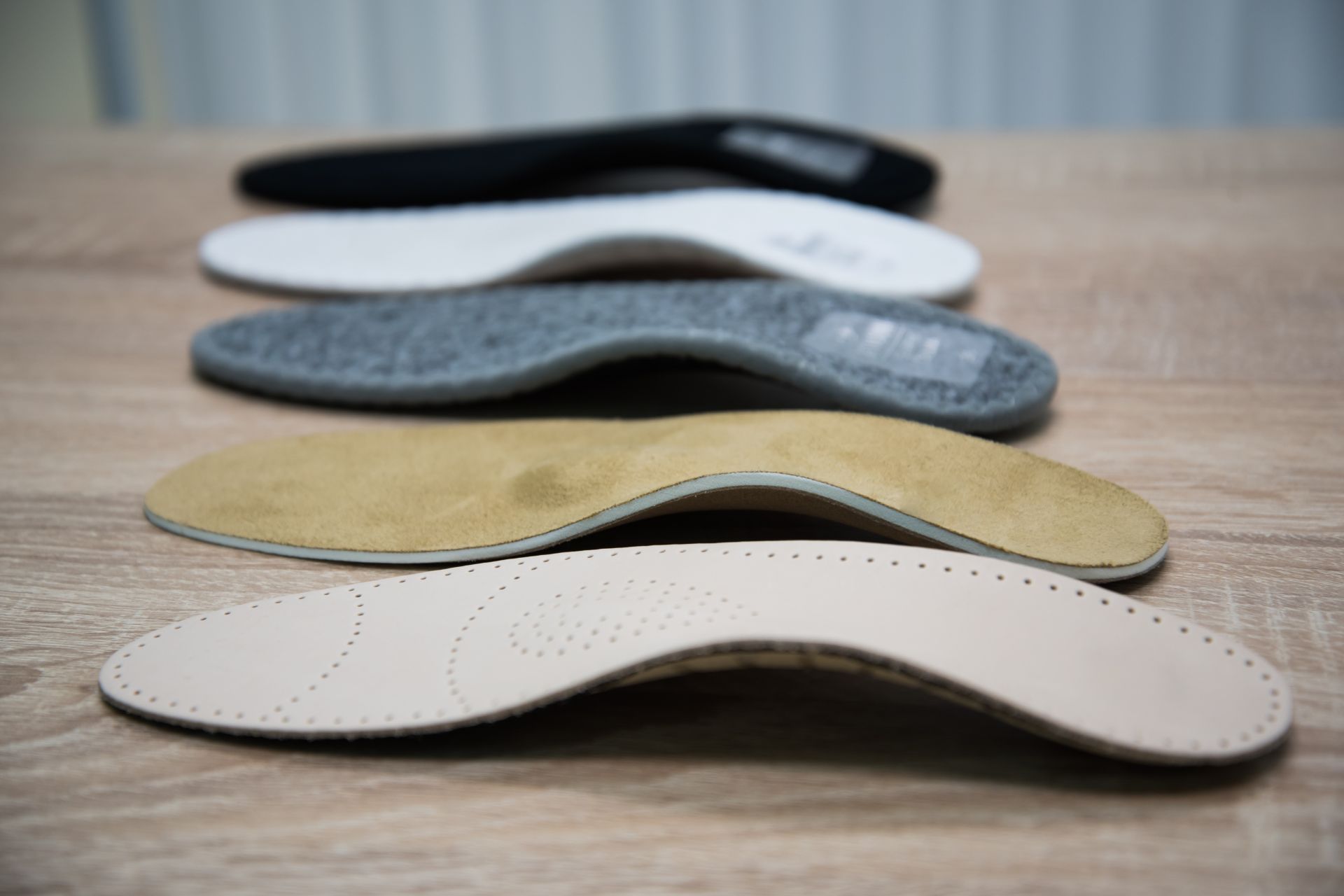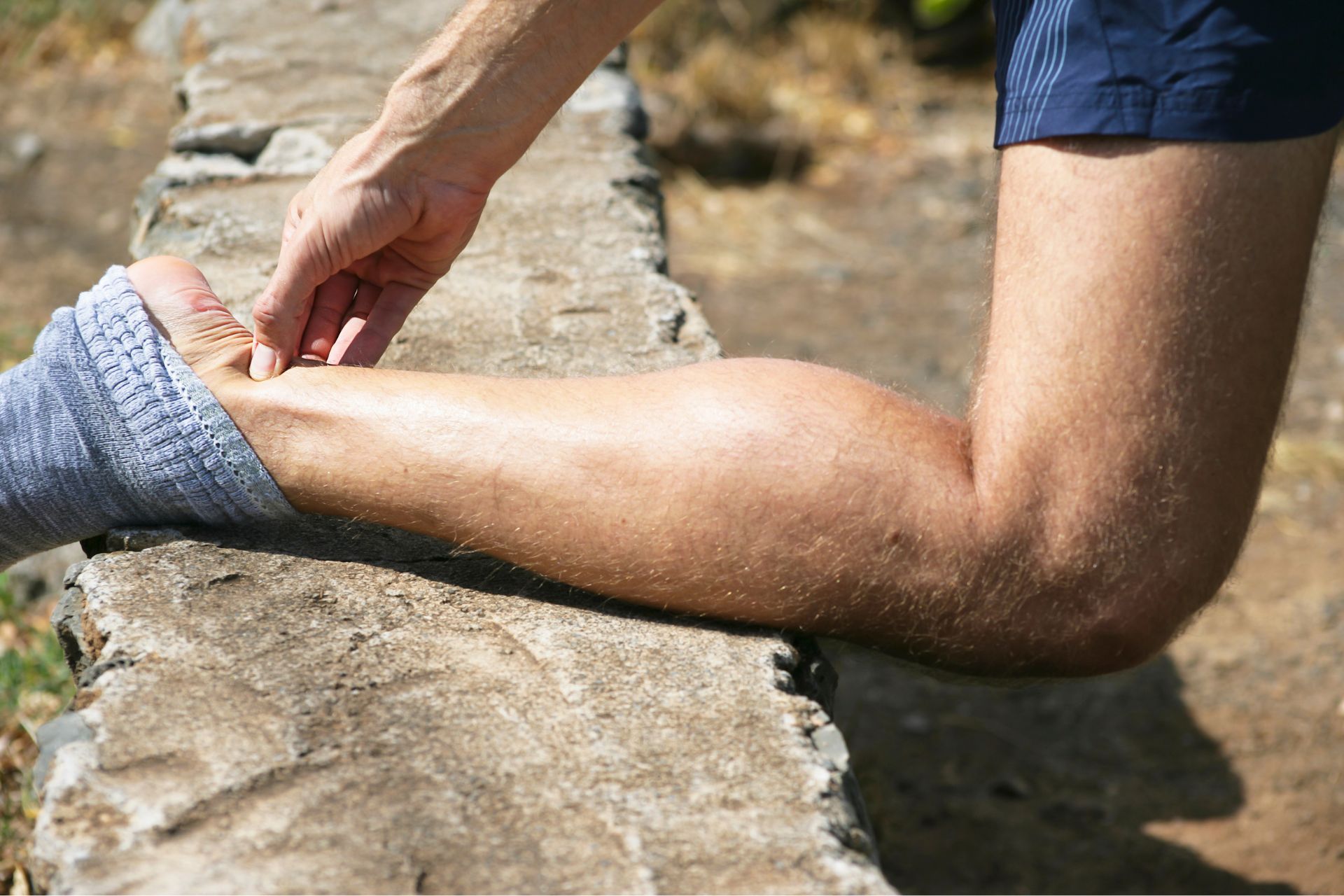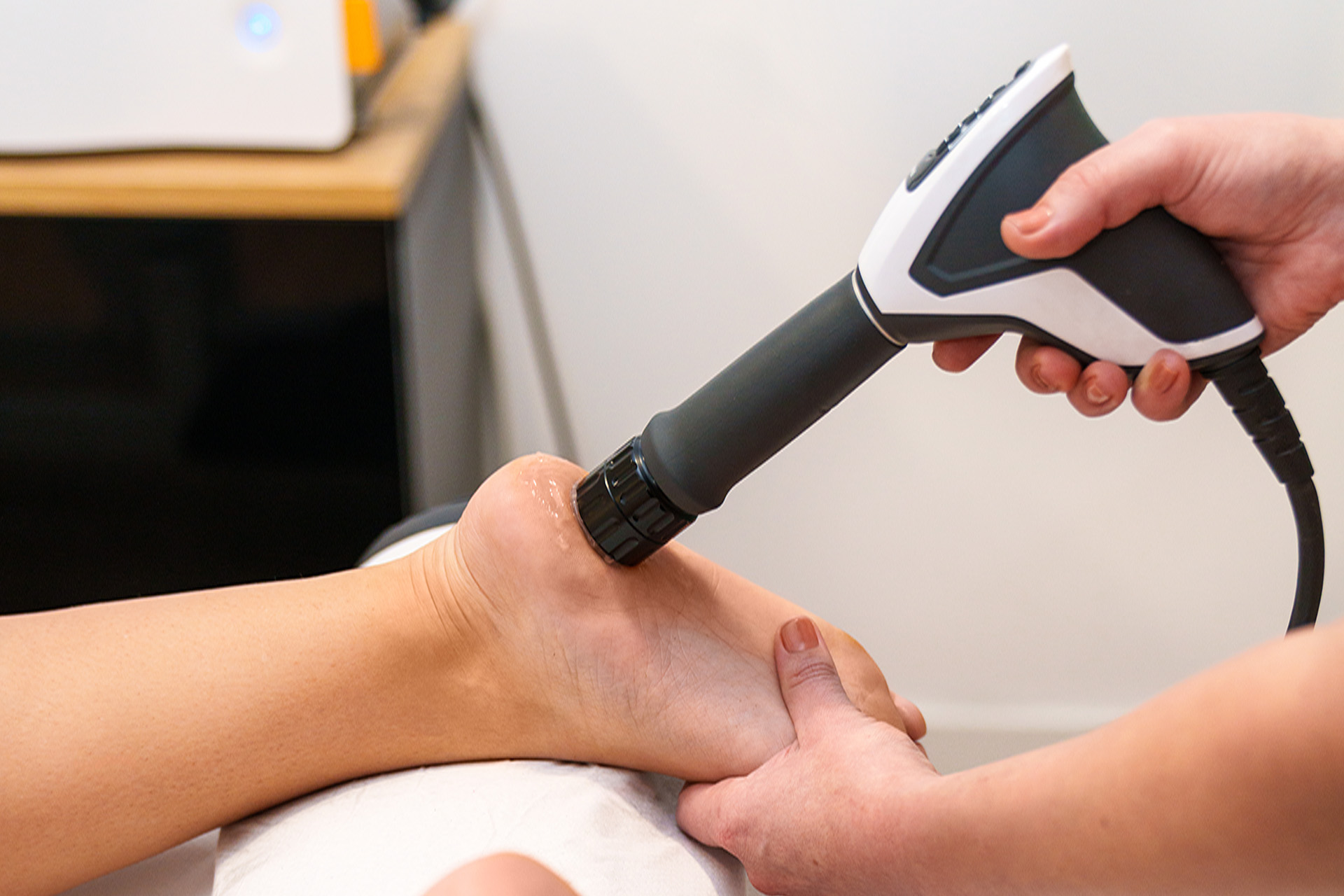Parents’ Complete Guide to Managing Flat Feet in Children
A Parent’s Complete Guide to Understanding and Managing Flat Feet in Children
Many parents get concerned when they believe their children’s flat feet are a problem. Though it seems hard to believe, most children’s feet will grow out of this condition on their own. Despite popular belief, it is not always necessary to intervene when your child is still young.
Paediatric flat feet (otherwise referred to as pes planus) is a fairly common condition for children. Flat feet are a normal part of development and represent a common variation in childhood. In most cases, flat feet in children are nothing to be concerned about. However, if you notice your child has slight difficulties running or walking or is experiencing foot pain or discomfort, it’s essential to talk to a paediatric podiatrist to evaluate any potential issues with your child’s feet.
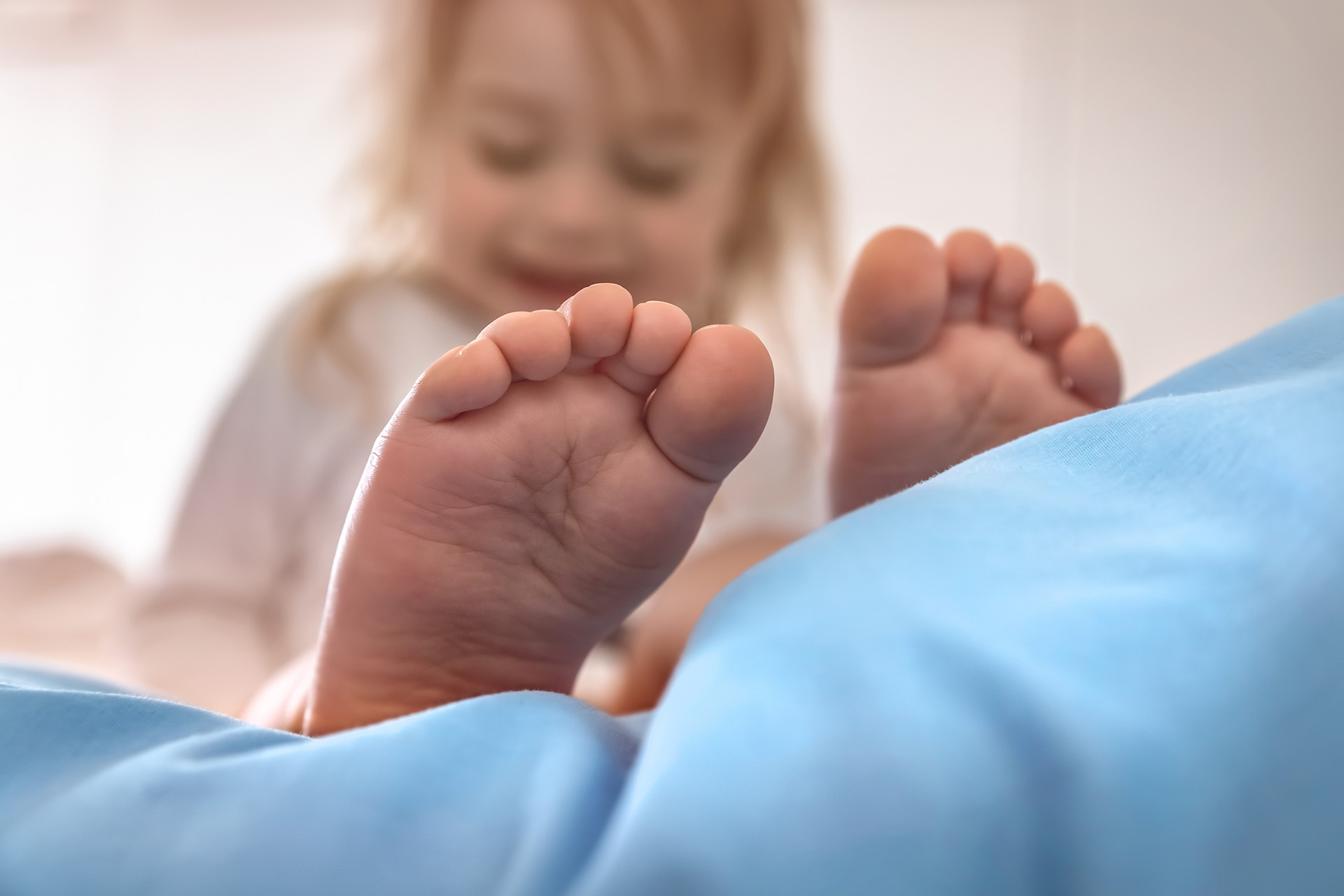
Does Your Child Have Gait Problems Because of Flat Feet?
When children are born, their feet will have no arch. The arch typically begins to develop around 2 to 3 years of age. At 6 or 7 years old, the arch should become more fully formed as the muscles in the foot develop. The journey from flat baby feet to fully developed arches is a gradual process that requires patience and careful observation rather than immediate intervention. As children grow, most will naturally develop arches, and being flat-footed is a normal stage of development.
The foot flattens when the child stands on it, creating the illusion of foot issues. In some cases, the big toe may appear more prominent or less visible, which can be a sign of how the arch is developing. This could be because the tendons that support the arch may not be tight enough yet to form the arch when standing, or because the child’s foot has more fat, making it appear thicker than an adult’s.
It is hard to tell if a child standing has flat feet. The arch takes time to develop, and treatment like children’s arch supports for flat feet may not be necessary in many cases. Most children will outgrow the foot condition and create a normal arch, allowing for regular movement. A small number may not grow out of it, resulting in gait problems and discomfort during movement.
The distinction between flexible and rigid flat feet is particularly important when considering kids with flat feet. Flexible flat feet show an arch when the child is sitting or on tiptoe, but flatten when bearing weight. This type is typically benign and often resolves on its own. Rigid flat feet, however, remain flat in all positions and may require professional attention. Additionally, if your child has any of the following symptoms, it is worth checking with a podiatrist who specialises in children’s feet:
- Discrepancies between the right and left foot
- Not walking by 18 months
- Experiences foot discomfort
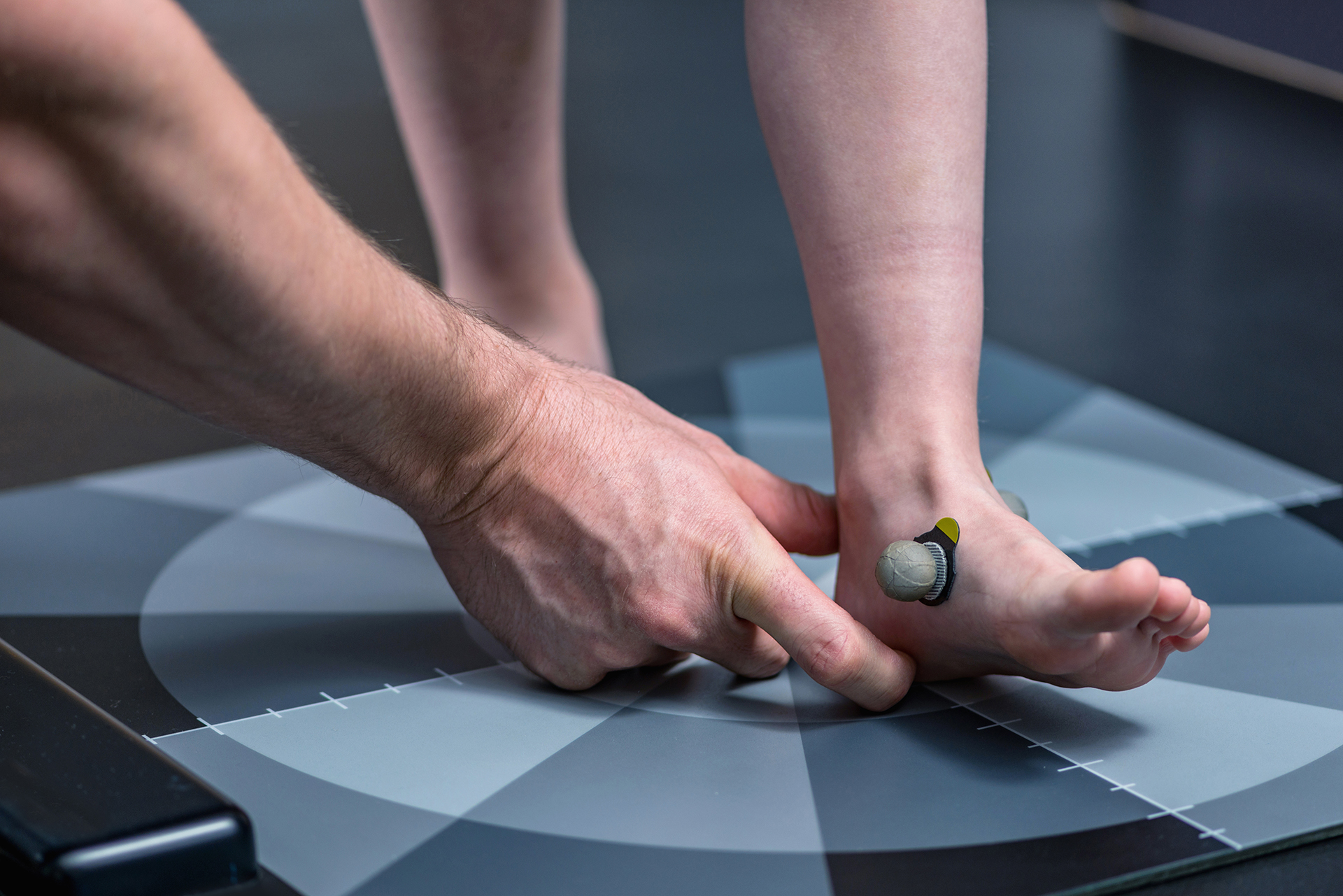
Causes and Risk Factors of Flat Feet in Children
As most children at some point have flat feet, it’s more important to consider what could cause long-term flat feet in children. Genetics play a significant role. If either or both parents or close relatives have flat feet, there’s a higher chance that a child will also develop flat feet. Children with low muscle tone or particularly flexible joints, often described as hypermobile, are more likely to have flexible flat feet as well. These physical traits mean that the ligaments and muscles supporting the foot arch are looser, making it easier for the arch to collapse when standing or walking.
Certain physical activities, especially those that involve repetitive running or jumping, can also contribute to the development of flat feet in children who are already predisposed to this condition. That’s why, though activity is important for healthy development, it’s essential to ensure children wear supportive shoes that provide adequate arch support and cushioning. Incorporating regular stretching exercises into your child’s routine can help manage flat feet by strengthening the muscles and tendons that support the arch. By understanding these risk factors, parents can take proactive steps to manage flat feet and support healthy foot development in their children.
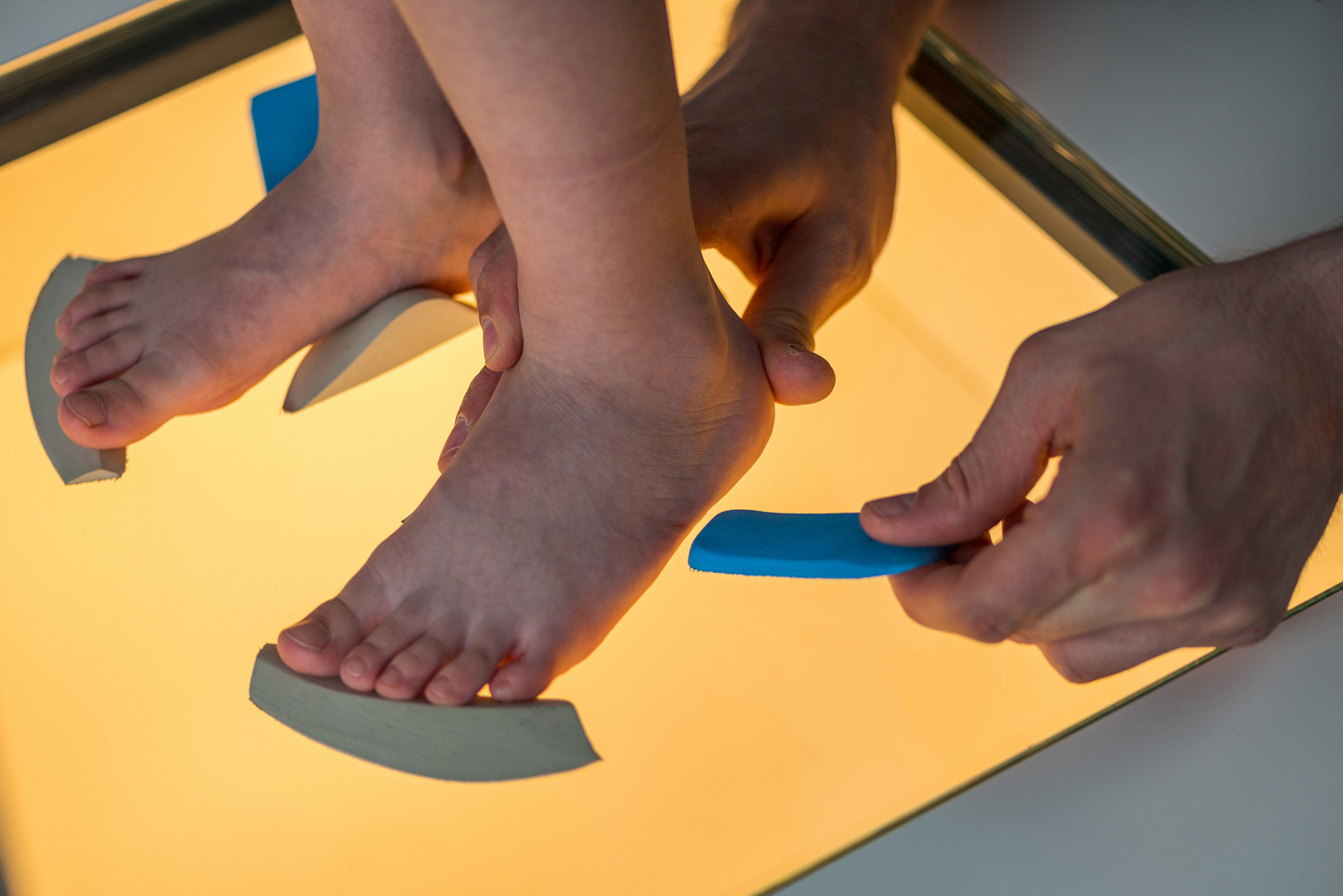
When Flat Feet in Children Need Attention
Although flat feet in children are often a normal part of development, there are times when the condition warrants closer attention. Most kids with flat feet do not experience any discomfort and will naturally develop arches as they grow. However, if your child begins to complain of foot or ankle pain — particularly in the arch or heel — or shows signs of fatigue, imbalance, or difficulty keeping up with peers during physical activity, it may signal that their flat feet are becoming problematic.
Other signs that deserve evaluation include frequent tripping, poor balance, a reluctance to participate in sports, or noticeable changes in gait, such as their feet turning outward. You might also spot uneven shoe wear or swelling around the foot and ankle. If these symptoms persist, it’s essential to consult a paediatric podiatrist who can assess whether the flat feet are interfering with your child’s movement or comfort.
Some children may also develop high-arched feet, which are less common but can be a sign of neurological or structural concerns. In rare cases, persistent or rigid flat feet may be associated with underlying conditions such as juvenile arthritis, muscular dystrophy, cerebral palsy, or tarsal coalition, where the bones in the foot are abnormally connected.
What do you do if you think your child has flat feet? The answer lies in observation and professional evaluation when symptoms arise. Identifying the root cause early helps ensure the appropriate treatment is given and supports your child’s long-term mobility and wellbeing.
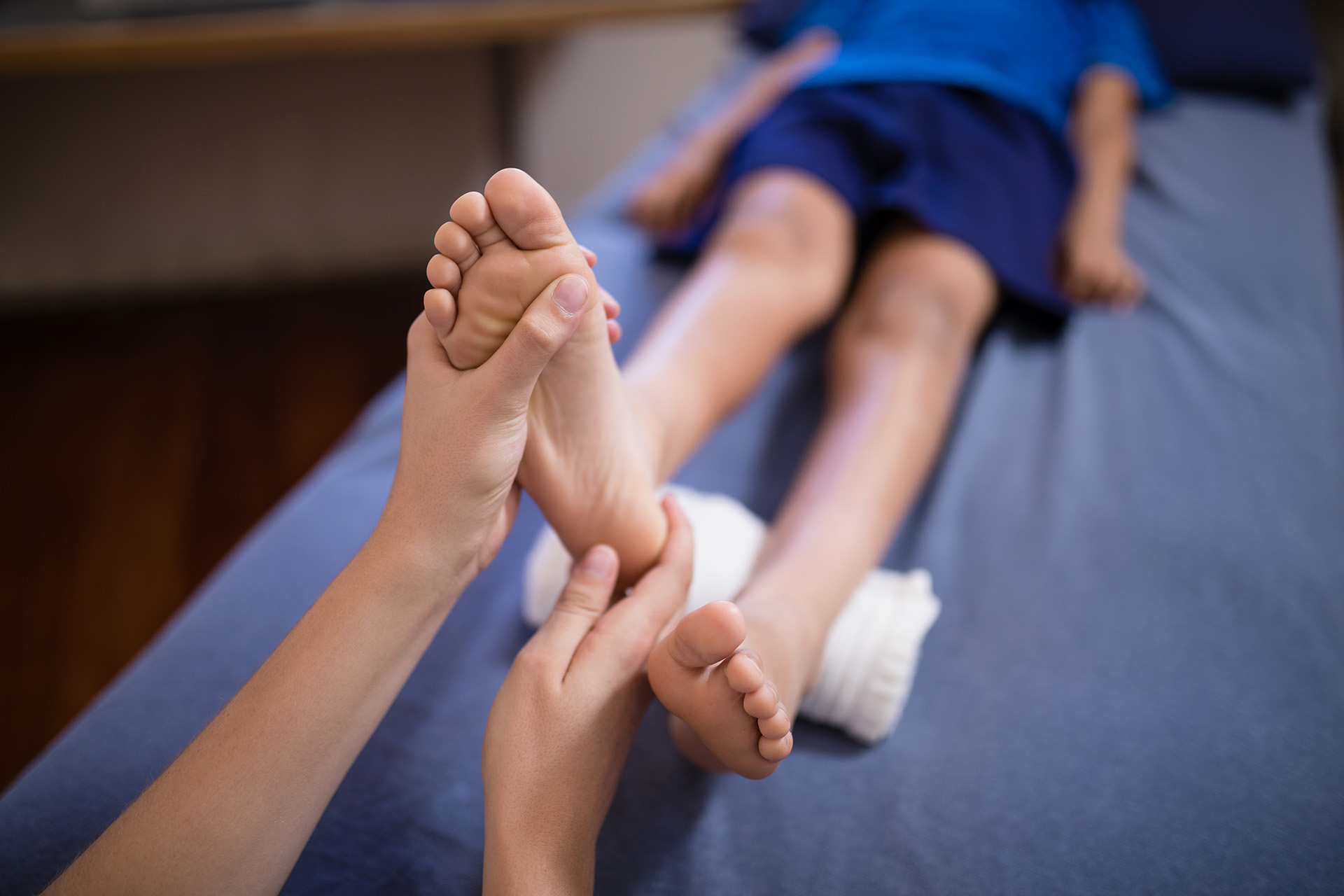
Common Complications Associated with Flat Feet
If your child’s flat feet are left untreated and are causing symptoms, your child may be at risk for a range of complications. One of the most common issues is foot deformity, where the structure of the foot changes over time, potentially leading to more permanent flat feet. Children with flat feet may also experience knee or ankle pain, as the altered foot alignment can place additional stress on these joints.
Other complications can include conditions like plantar fasciitis, which causes pain in the heel and bottom of the foot, or Achilles tendonitis, which affects the important tendon at the back of the ankle. Over time, flat feet can affect a child’s posture, balance and coordination, making it more challenging for them to participate in everyday activities. Being aware of these potential complications allows parents to take steps to manage flat feet early and to help their child avoid unnecessary pain and limitations.
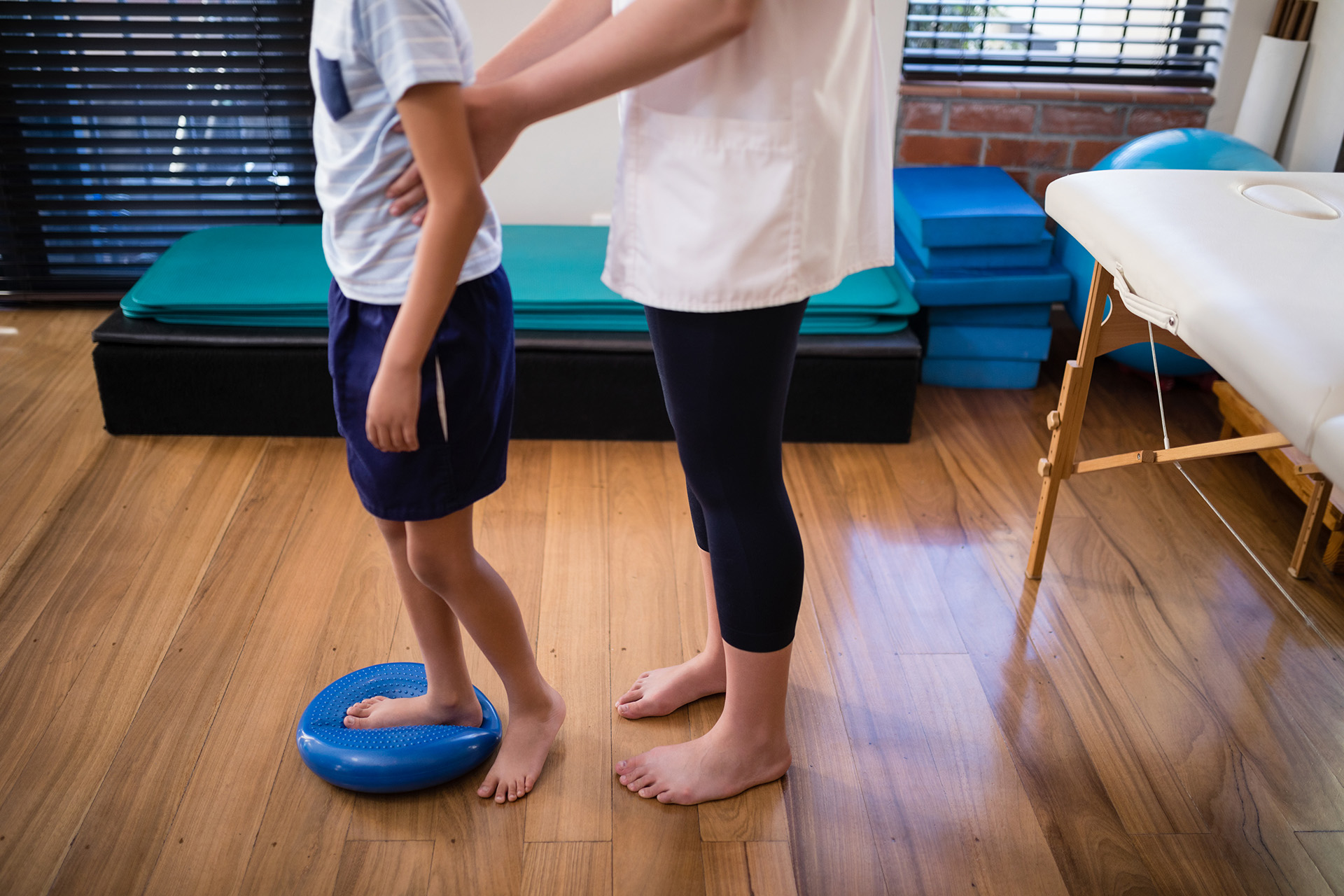
Can Flat Feet Be Corrected in Young Children?
“My child has flat feet, what should I do?” Your paediatric podiatrist may decide that management is necessary for your child’s flat feet. In most cases, management for paediatric flat feet is quite simple. Oftentimes, buying the right pair of shoes may be the only treatment required. If that isn’t enough, your podiatrist may recommend custom orthoses for children or shoe inserts to be slipped into your child’s shoes for additional support.
When considering how to fix flat feet in children who require intervention, the approach is typically conservative and gradual. Children’s shoes for flat feet should include supportive features without being overly restrictive. Look for shoes with good arch support, firm heel counters, and adequate room for natural foot movement.
Your podiatrist may also provide you and your child with exercises to address flat feet, such as muscle stretches, strengthening programmes, or specific physical activities like hopping, swimming, and balancing. Child flat feet exercises are designed to strengthen the intrinsic muscles of the foot and improve flexibility in the Achilles tendon and calf muscles.
Surgery should only be considered for children with flat feet who experience severe symptoms and the condition fails to respond to nonsurgical treatment. If it appears, there may be significant impairment for the child if it is left untreated. Surgery aims to improve the alignment of the foot and ankle bones so that they can work together as a cohesive unit. Flat foot correction surgery may involve procedures on the outer foot, such as inserting a stent, or addressing the subtalar joint to restore proper alignment. Surgery is considered a last resort when fallen arches or severe deformity do not respond to non-surgical treatments.
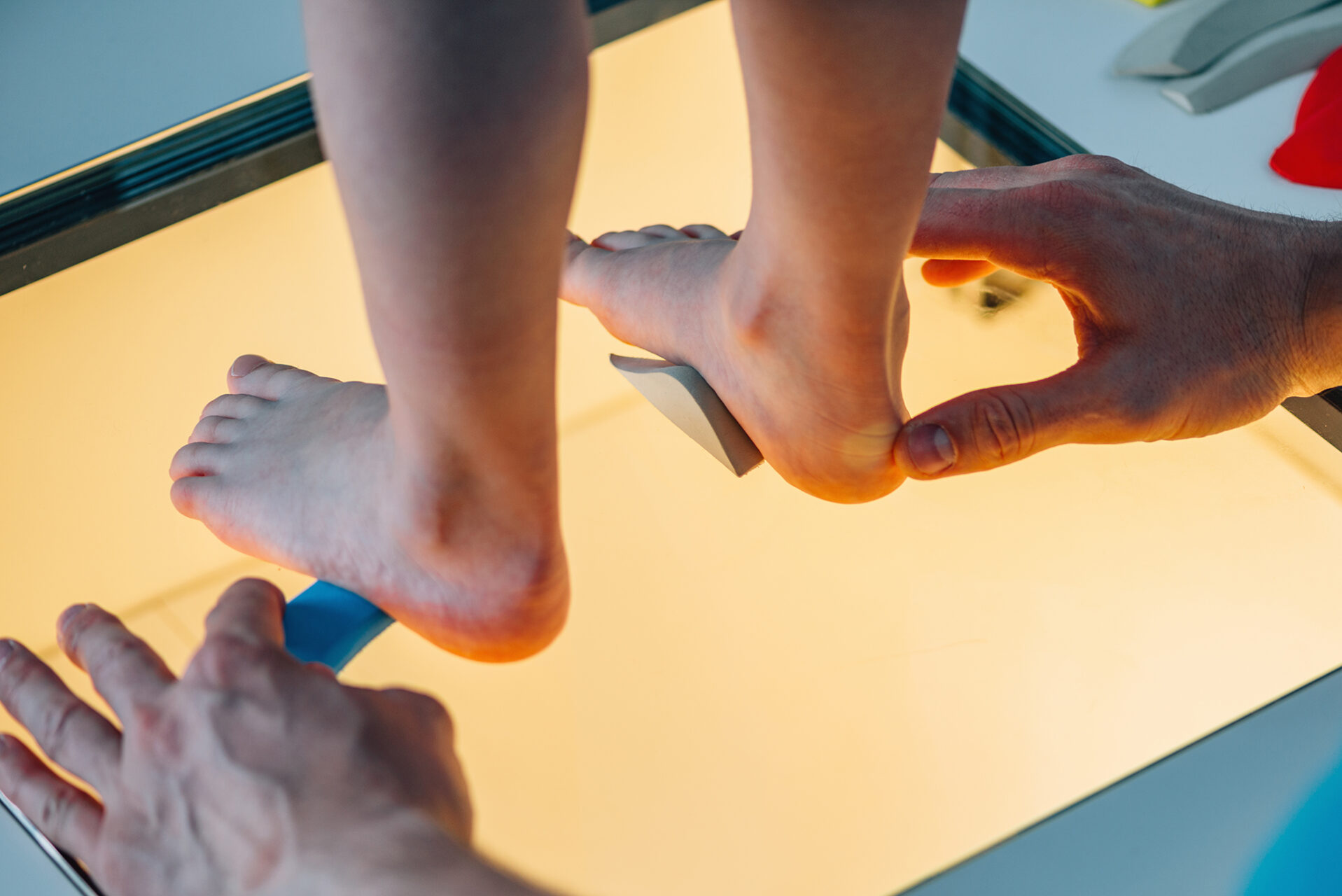
Role of Orthoses and Support Devices
Children’s orthotics for flat feet should be considered carefully and only when conservative measures prove insufficient. While custom orthotics can provide valuable support for some children, over-reliance on these devices may potentially interfere with natural foot development. The decision to use these supports should always be made in consultation with a qualified paediatric podiatrist who can assess whether the benefits outweigh potential drawbacks.
Many cases of children’s flat feet resolve on their own, making careful monitoring more appropriate than immediate treatment. The key is finding the right balance between providing necessary support and allowing natural development to occur.

Take the Next Step Towards Your Child’s Foot Health
At The Foot Practice, we understand that every child’s foot development journey is unique. Our experienced paediatric podiatrists specialise in distinguishing between normal developmental variations and conditions requiring professional intervention. Whether you’re seeking reassurance about your child’s natural foot development or need expert guidance for persistent concerns, our team provides comprehensive assessments tailored to your child’s specific needs.
Contact The Foot Practice today to schedule a consultation with our paediatric foot specialists. We’ll provide you with the knowledge and confidence to make informed decisions about your child’s foot health, ensuring they have the best foundation for an active, comfortable future.




